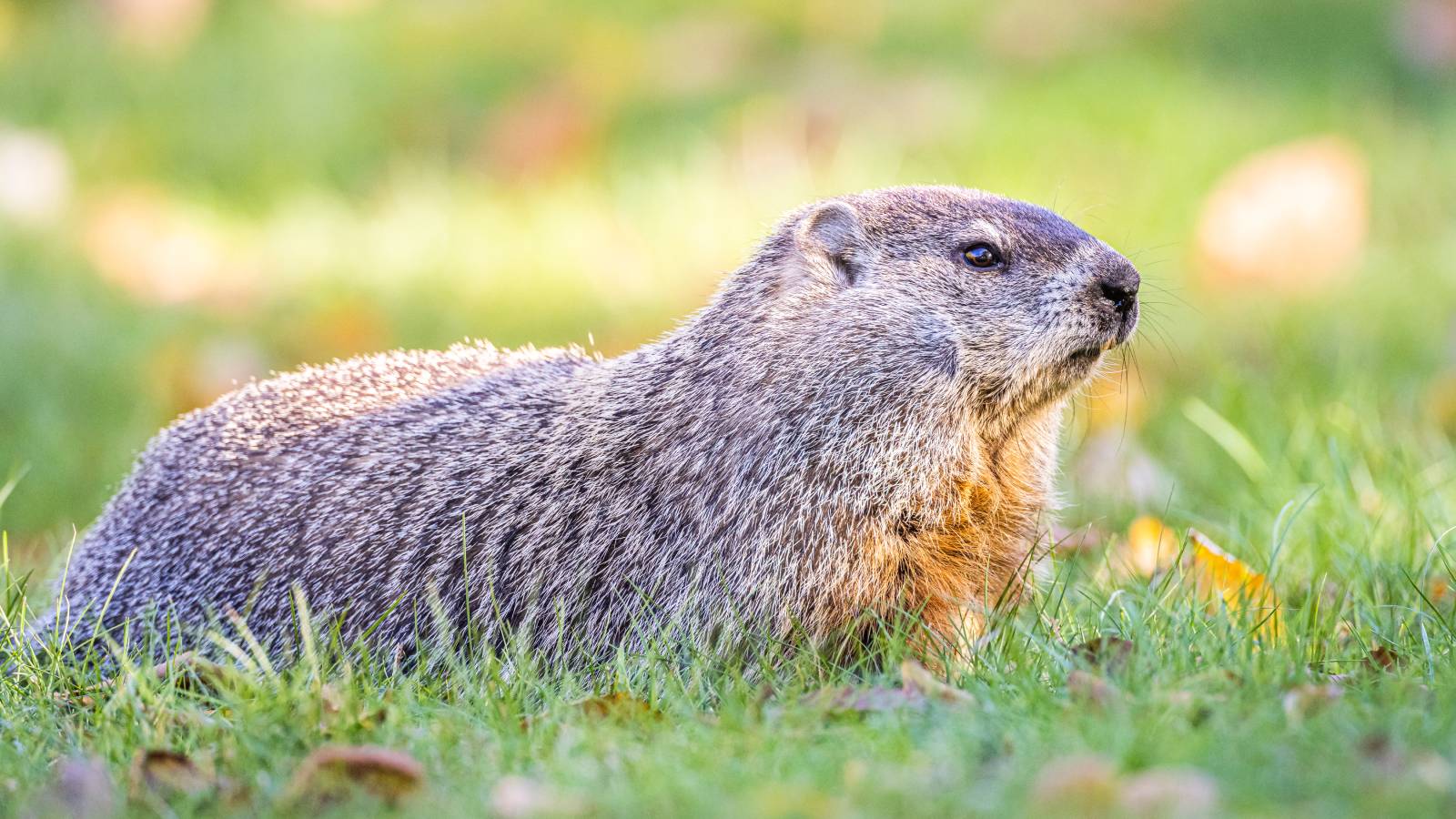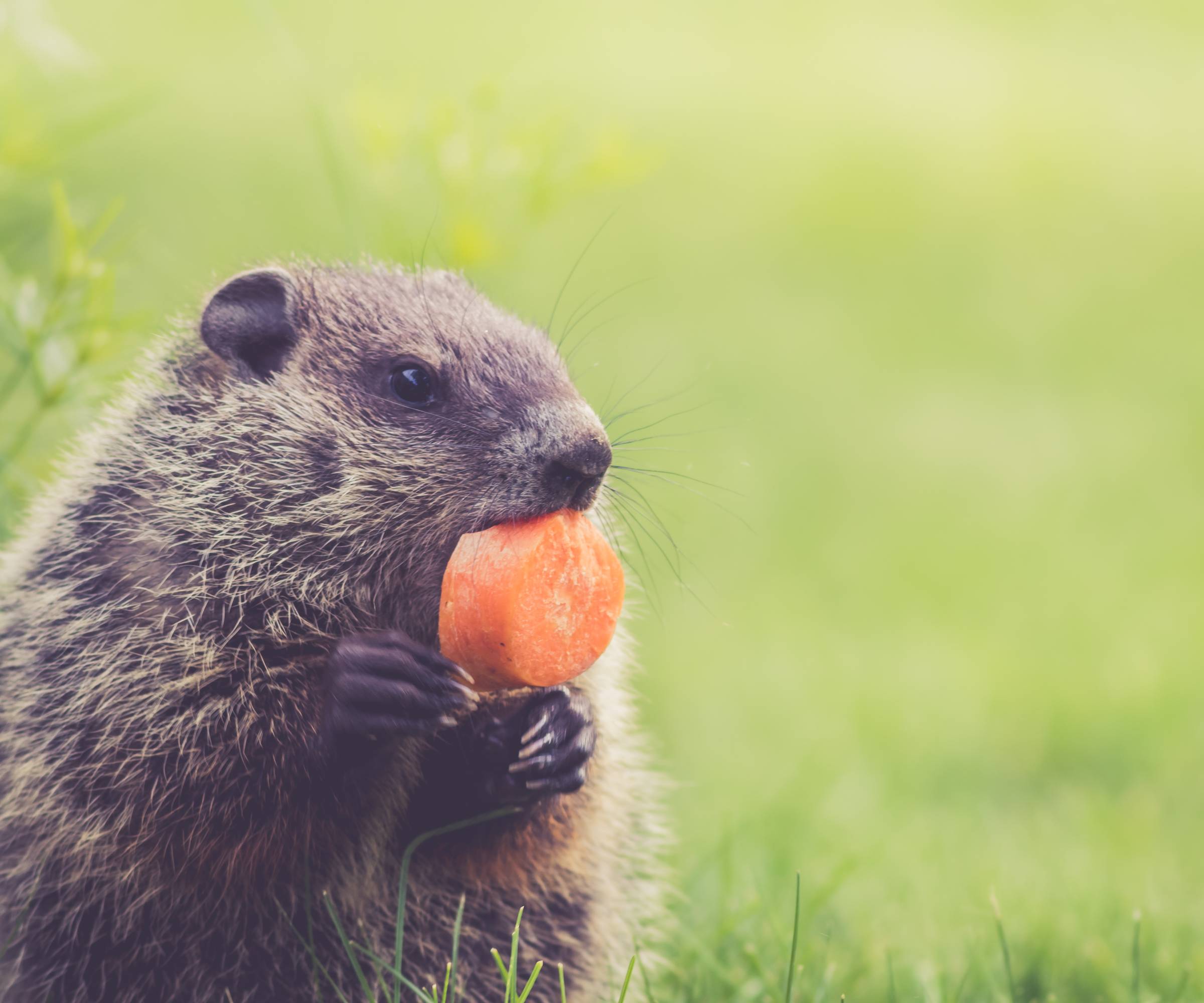What Is Groundhog Day? Why We Celebrate A Furry Garden Pest
What is Groundhog Day and why do we continue to honor this tradition every February? Maybe because it’s a great reason for a celebration!


Gardeners may find the celebration of a furry garden pest taboo, but the festivities for Groundhog Day get bigger every year spanning the U.S. and Canada. Punxsutawney Phil may be the most famous weather-predicting groundhog who got his start in Pennsylvania. Learn more about Phil and start your own celebration.
Gardeners who have trouble with groundhogs feasting in their gardens may want to get rid of groundhogs rather than celebrate Groundhog Day. Nevertheless, the furry garden pest has its own holiday and makes a yearly weather prediction that most people are eager to hear.
What Is Groundhog Day?
Groundhog Day is celebrated every winter on Feb. 2, when kids and adults anxiously await the news of whether there will be six more weeks of winter, or spring is just around the corner. The prediction is based on whether a groundhog, most notably Punxsutawney Phil, sees his shadow or not after climbing out of his overwintering burrow. If he does, we must endure more cold winter days ahead. If he doesn’t, we can make preparations for an early spring.
History of Groundhog Day
The origins of Groundhog Day can be traced back to ancient Celtic winter celebrations called Imbolc, observing the halfway mark between the winter solstice and the spring equinox. It was an agricultural festival, foretelling weather, and good fortune for the coming year. In the Christian calendar, it became a festival of Candlemas, which marked the Purification of the Virgin Mary and the Presentation of Christ in the Temple. Candles were blessed for winter and it eventually became a foretelling of how many candles would be needed for the rest of the winter.
Germany brought badgers into the forecast, and if they saw their shadow, it meant four to six more weeks of winter. That was one of the traditions that German settlers in Pennsylvania brought with them. However, they changed the token animal from badgers to groundhogs, which were abundant in Pennsylvania.
How Accurate is the Groundhog?
The groundhog’s predictions have run about 40 percent accurate over the last 10 years, according to statistics. Even so, the celebrations continue all across the U.S. and Canada each year.
When Did Groundhog Day Start?
The biggest celebration is likely in Punxsutawney, Pennsylvania., at Gobbler’s Knob, where Punxsutawney Phil resides. For more than 130 years on February 2nd, the famous woodchuck has emerged from his tree stump, surrounded by his handlers and the Inner Circle, as well as thousands of adoring fans, to make his weather prediction. The first Gobbler’s Knob celebration, complete with groundhog, was organized by the Punxsutawney Groundhog Club in 1887.
Sign up for the Gardening Know How newsletter today and receive a free copy of our e-book "How to Grow Delicious Tomatoes".
How to Celebrate Groundhog Day

Here is a chance to embrace a new holiday celebration with family and friends. You can bring on the groundhog-decorated cookies and cupcakes, indulge in Groundhog Day party punch, eat what groundhogs like to eat, play groundhog-inspired games, and hone your groundhog trivia knowledge.
Impress your friends with themed party decor and even serve up some of the groundhog’s favorite nibbles: carrots, broccoli, cauliflower, apples, blueberries, raspberries, pears, sweet peppers, tomatoes, and squash.
More Fun Groundhog Day Facts
- Groundhogs are herbivores, eating up to 1.5 pounds (1 kg.) of plant material a day. They like dandelions, grass, alfalfa, asters, beans, broccoli, lettuce, coneflowers, and many more garden plants. They also will indulge in the occasional grubworm or insect.
- Pregnancy for groundhogs lasts only one month. They deliver two to six blind and hairless kits or pups, which reach adulthood in two years.
- Groundhogs create elaborate burrows with runs that can be 50 to 100 feet (15 to 30 m.) long and 6 feet (2 m.) deep.
- Another name for a groundhog is a whistle-pig. They earned this moniker due to the high-pitched whistling sound they make when feeling threatened.
- The Library of Congress inducted the movie, Groundhog Day, starring Bill Murray, into the National Film Registry in 2015.

After graduating from Oklahoma State University with a degree in English, Susan pursued a career in communications. In addition, she wrote garden articles for magazines and authored a newspaper gardening column for many years. She contributed South-Central regional gardening columns for four years to Lowes.com. While living in Oklahoma, she served as a master gardener for 17 years.